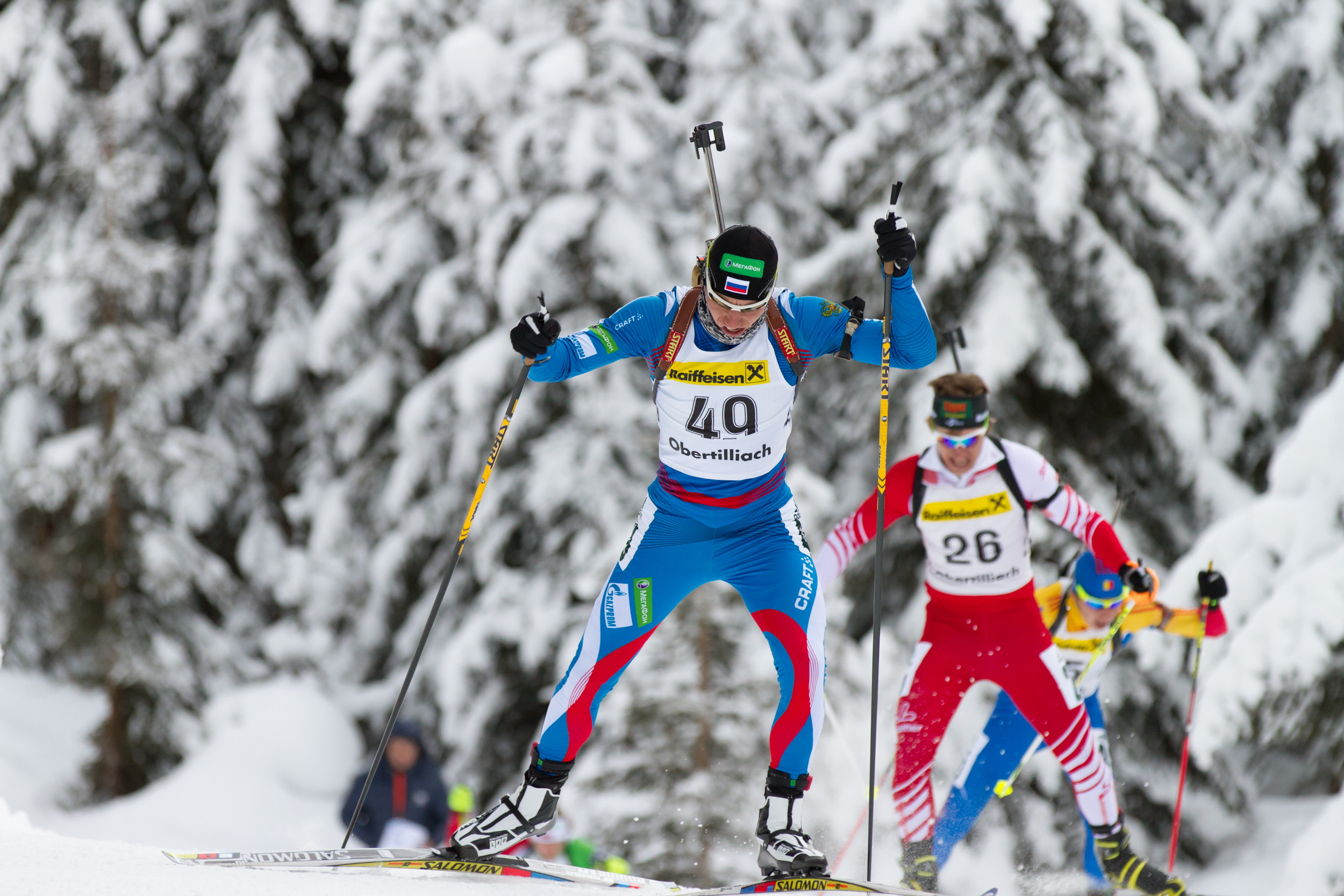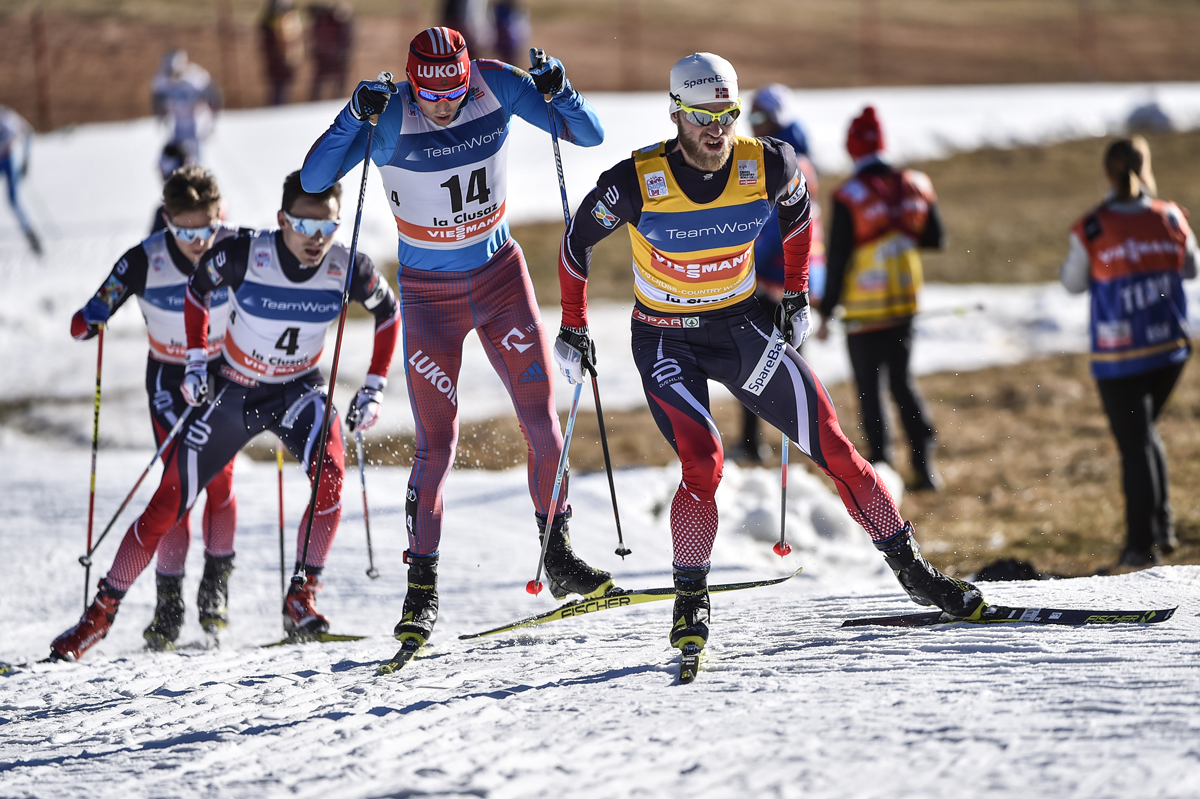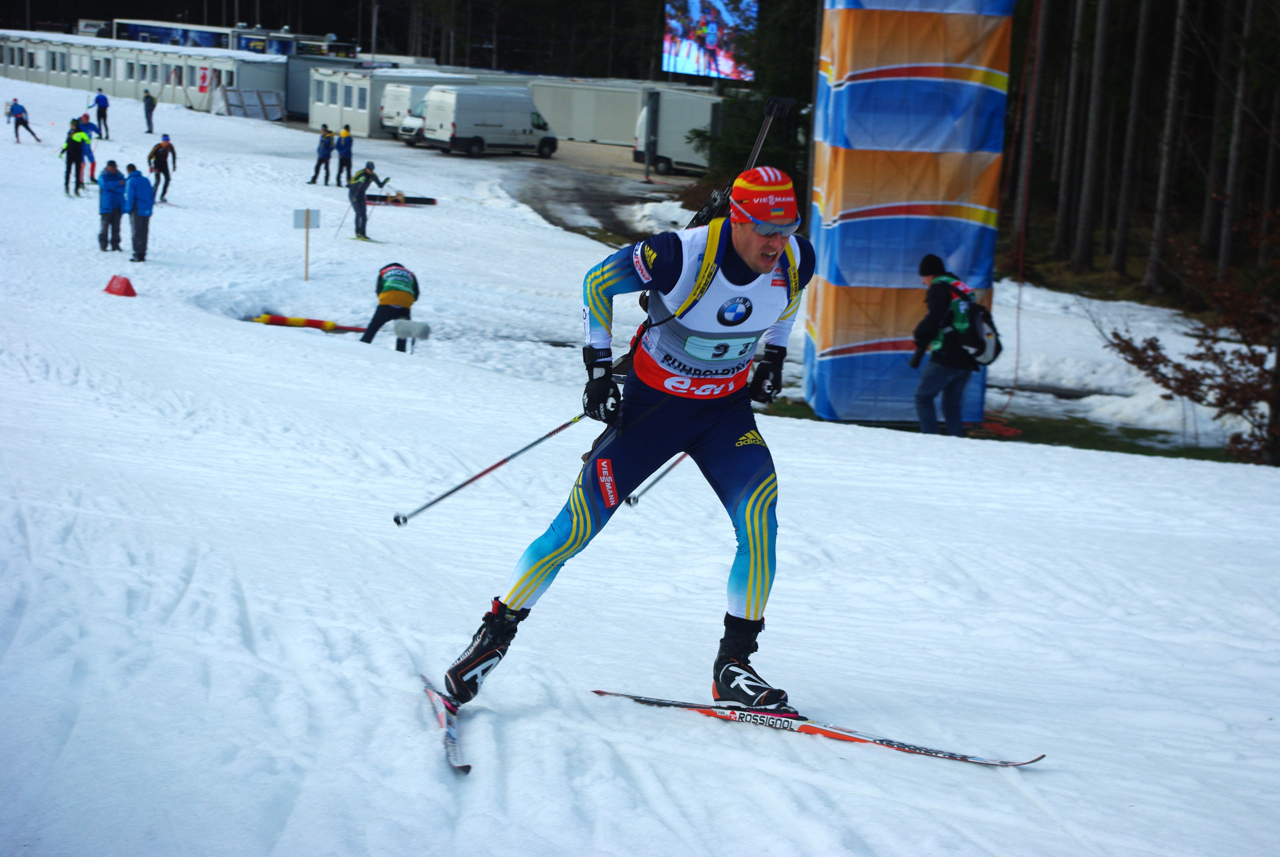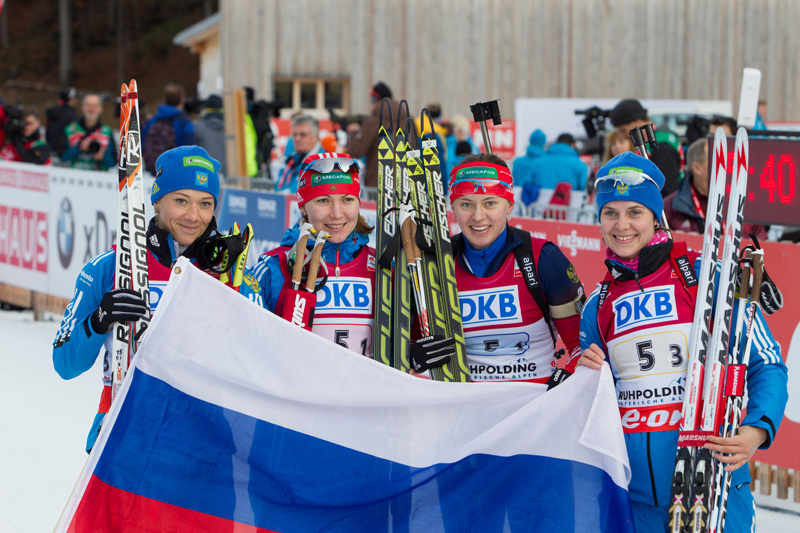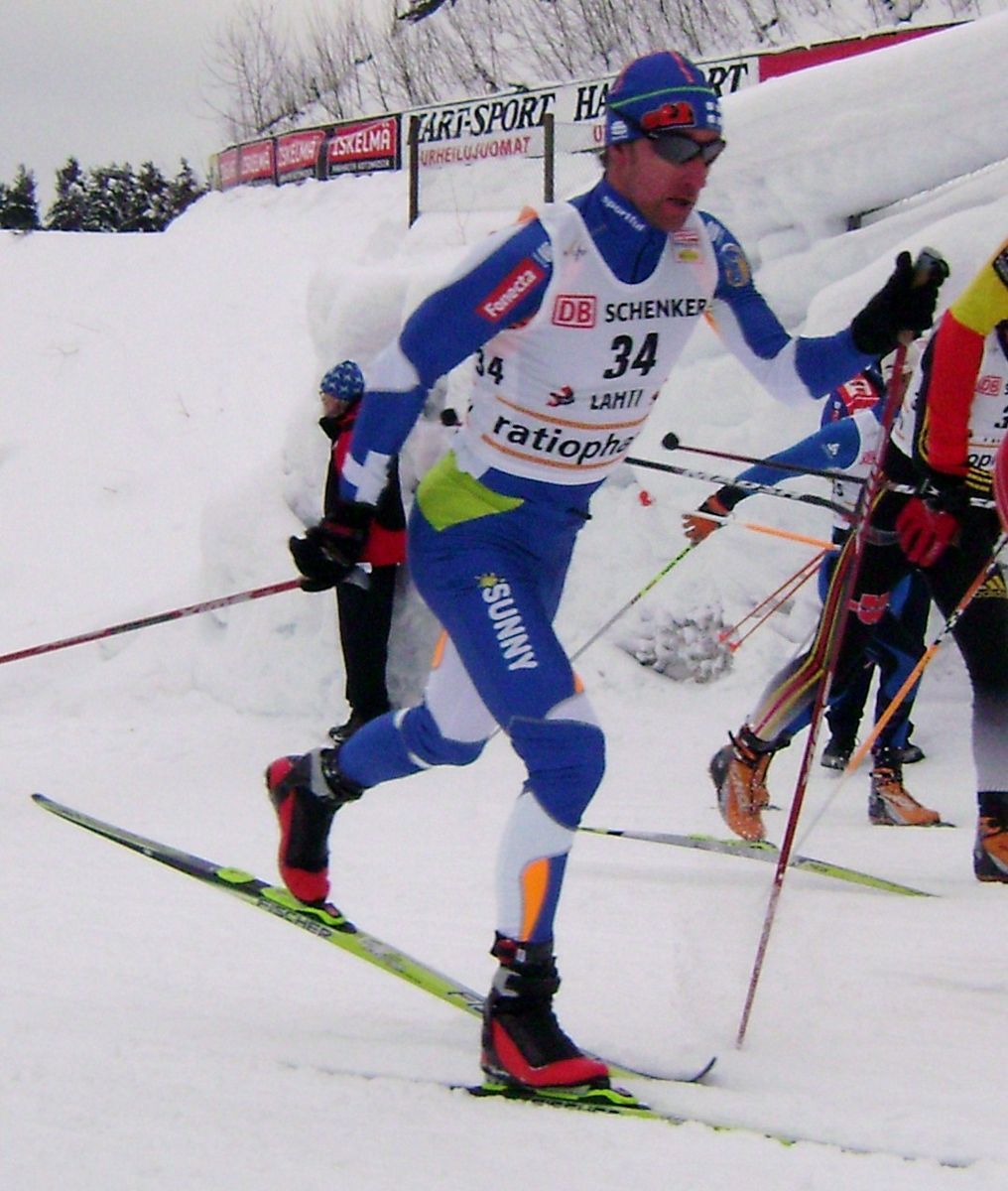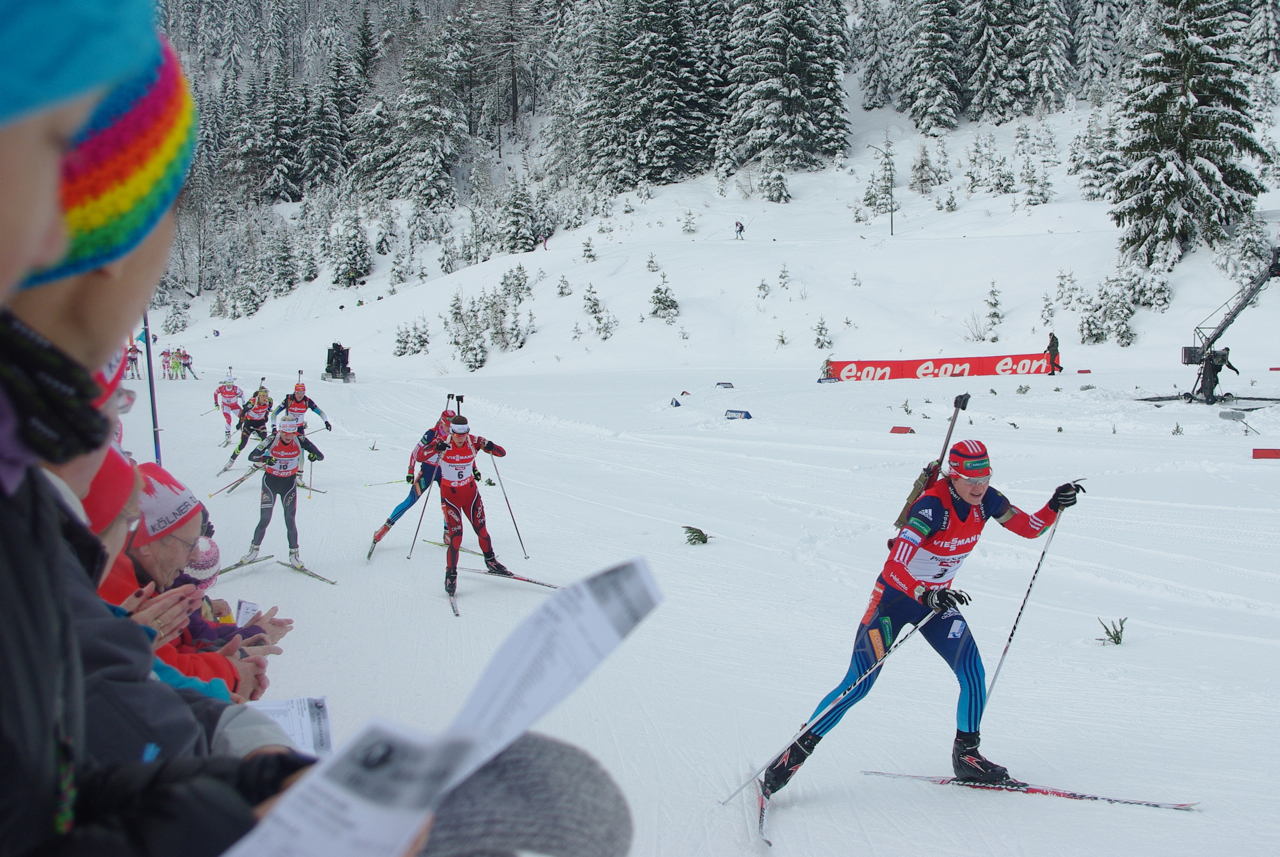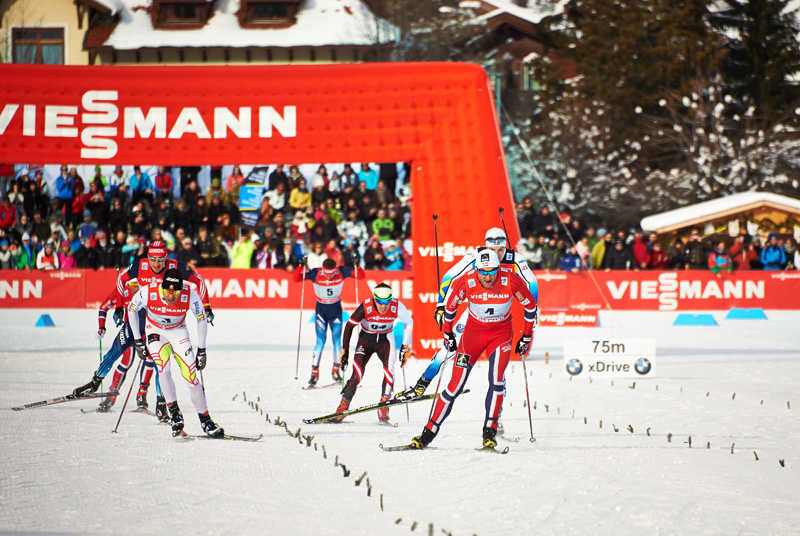WADA’s 2016 Anti-Doping Testing Figures Through the Lens of Nordic Sport
according to WADA, indicates that “while there may not be an adverse analytical finding, there may be some suspicion according to the results and that further analysis or investigation should be conducted.” After an ATF is investigated, it could lead to a negative result (the suspicion was not warranted), an AAF (something was found), or it may be canceled. WADA stresses that in reading and interpreting 2016 Anti-Doping testing Figures report, “one single result does...


